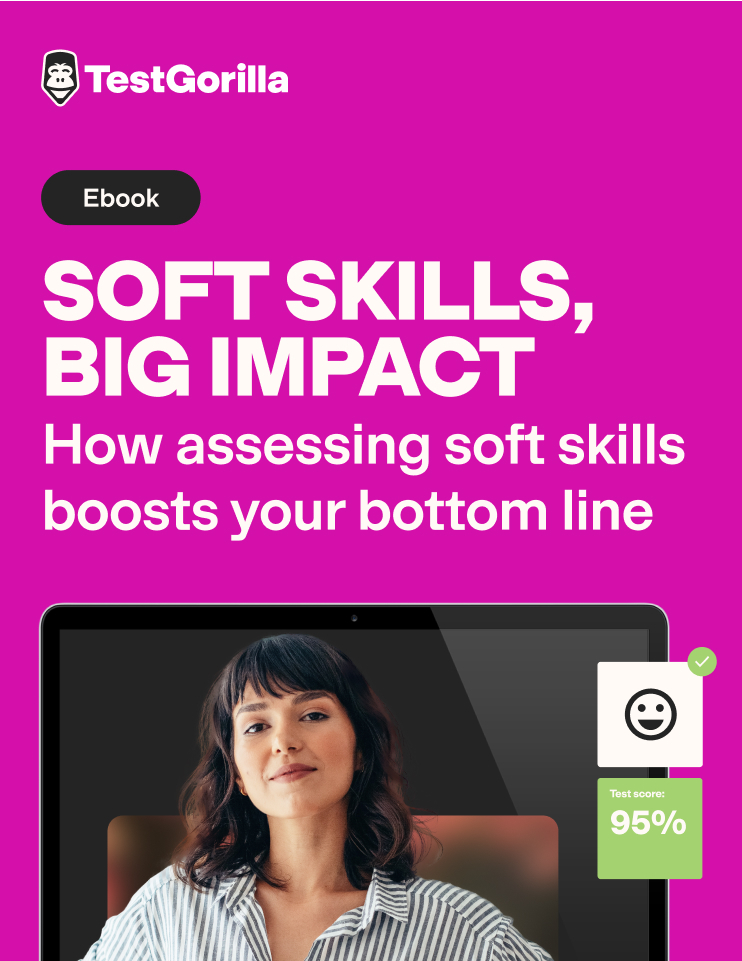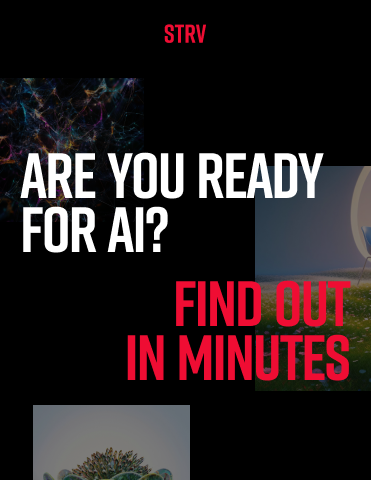Digital access denied: why inclusivity can no longer wait

The accessibility of digital content and technology has become increasingly important. Despite principles for accessibility having been established by the American Disabilities Act (ADA) in the US and the Web Content Accessibility Guidelines (WCAG), in 1990 and 1999 respectively, over 96.3 per cent of the world’s top home pages failed to meet WCAG 2.0 level AA criteria, the most used standard globally. This restricts access for approximately 1.3 billion people globally who experience significant disability, according to the World Health Organization.
The digital divide: accessibility gaps
Inaccessible digital content can lead to frustration and exclusion for those with disabilities – for example, if their eyesight is impaired, if they struggle with reading, or have mobility impairments that make using a mouse a struggle. This limitation affects their ability to access online information, products and services.
Understanding the experiences of different disabilities is essential. While traditional medical definitions group disabilities based on physical traits or abilities, this can also lead to discrimination. The social model, meanwhile, defines disability as something that is essentially a result of society’s indifference, or outright refusal, to accommodate everyone but the fully abled. A society that considered every aspect of ability would, after all, be accessible to everyone.
The push for change from this state of affairs has largely come from younger generations, particularly Gen Z, who are more inclined to take action. Accessibility is a fundamental right according to several human rights organisations – and that accessibility includes the vast informational resources of the internet.
Navigating accessibility: overcoming digital obstacles
Many people might take internet access for granted, or assume it isn’t something that could be prevented. But those with impairments can struggle with digital participation. Key barriers include:
- Navigation issues on non-accessible platforms
- Screen reader incompatibility
- Lack of captions, alt text or transcripts
- Poorly formatted documents
- Limited communication options
- Inaccessible design biases
As education, work and entertainment have never been more online, creating an inclusive digital environment is more essential than ever. Despite the challenges, making websites accessible is vital for the full inclusion of individuals with impairments, highlighting the need for proactive design and policy changes.

The need for inclusive design
To be accessible, a website must adhere to the WCAG’s principles for at least one of the compliance levels (A, AA, AAA). The principles are:
- Perceivable: Content must be perceivable through alternative text, audio descriptions, sign language translation, an easy-to-navigate interface, and well-structured information
- Operable: Interfaces must be operable by all users through keyboard navigation, disabling animations, clear link purposing, easy-to-click buttons or the ability to increase display time for sliding text or images
- Understandable: Information must be clear and consistent, using language that’s easy to understand to avoid errors caused by misleading information
- Robust: Content must be interpretable by evolving technologies, with increased compatibility and readiness for assistive technologies
Beyond compliance: the moral obligation of accessibility in technology
Incorporating accessibility in technology design promotes inclusivity, equity and universal use. It shows an organisation’s social responsibility and commitment to equal tech access. It ensures legal and industry compliance, reducing non-compliance risks. It enhances user experience with intuitive navigation, alternative image text and keyboard accessibility, increasing user satisfaction and market reach. Organisations have every reason to implement accessibility.
Empowering accessibility: Providing equal access to online content
Consider a government website providing information about hurricane preparedness and alerts online that was inaccessible to those with disabilities. People dealing with visual impairment would not be able to take any action in advance to prepare.
Sadly, much of the digital world remains inaccessible. Accessibility to PDF documents (which can be particularly problematic), for example, could be improved with a PDF converter that adds features not inherent to PDFs. Websites could use a different colour scheme that better contrasts the content and its background for the visually impaired, for example, or use clear labelling to improve screen navigability. Implementing these and other innovations is easier than you might think.

Be the change: how accessibility standards shape the future of tech
The digital landscape is shaped by advancements from content creators, and, thankfully, online accessibility is becoming a key aspect of these advancements. The primary technologies driving this are:
Speech recognition: Devices and software such as Transkriptor, Siri and Otter convert speech into text, facilitating communication for people with visual, mobility or hearing impairments.
Screen readers: These tools read digital content aloud for those with difficulties, assist with navigation and can pair with Braille displays. Top screen readers include JAWS, VoiceOver and TalkBack.
AI and machine learning: AI technologies can improve accessibility by interpreting human language, captioning and sign language. Flipsnack, a PDF-to-flipbook converter, for example, summarises extensive text through its AI-driven feature.
Semantic HTML: Semantic HTML tags improve navigability and SEO using coding language that the operating system can understand. A heading that isn’t formatted as such will be read by screen readers as if it were normal text, whereas if you use coding language, the OS system identifies it as a heading. This helps assistive technologies read, understand and navigate the content and communicate such differences to the user.
Colour contrast: Differences in brightness and hue distinguish foreground and background colours, enhancing readability. Tools such as WebAIM Color Contrast Checker aid developers in creating colour-friendly content.
Skip links: These improve navigation by allowing users to skip repetitive sections on a website.
Alt text: Alternative text describes images for those with visual impairments and helps search engines understand content.
Addressing digital accessibility challenges
Individuals with disabilities face significant accessibility challenges, underscoring the gaps in digital inclusivity. The WCAG principles demand perceivable, operable, understandable and robust designs for accessibility. However, accessibility goes beyond moral or legal obligation –it’s also about recognising the importance of inclusivity and equity. Technologies such as text-to-speech, screen readers and AI play a critical role in overcoming these challenges, enhancing user experience and expanding market reach.
In addition to AI-driven accessibility features, Flipsnack improves accessibility by converting PDFs into engaging, shareable flipbooks and improving keyboard navigation and screen reader compatibility. Flipsnack has been evaluated for WCAG compliance and is committed to supporting users of diverse abilities in current and future developments. The company further demonstrates inclusivity through a Voluntary Product Accessibility Template (VPAT), a document describing how the product is accessible, pledging to guarantee accessibility for all Flipsnack flipbook readers.
Click here to read more.

Business Reporter Team
Most Viewed
Winston House, 3rd Floor, Units 306-309, 2-4 Dollis Park, London, N3 1HF
23-29 Hendon Lane, London, N3 1RT
020 8349 4363
© 2025, Lyonsdown Limited. Business Reporter® is a registered trademark of Lyonsdown Ltd. VAT registration number: 830519543





